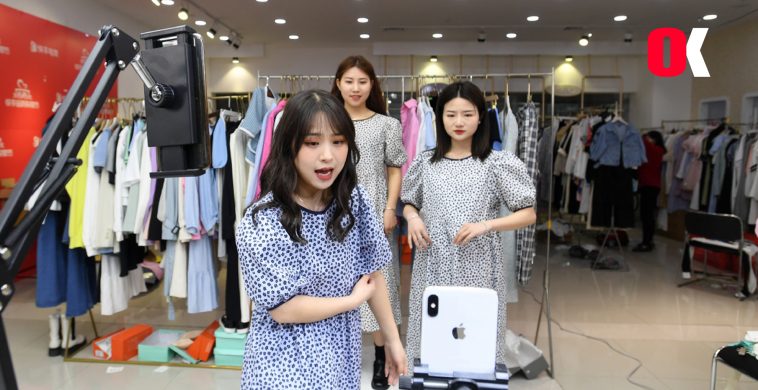Bain research found that in the “new era”, hyper-local retail will become the future
The white paper emphasizes the importance of winning customer loyalty and wallet share Bain & Company. A global consulting firm, stated that hyper-local retail—location-based omni-channel merchandise sales—will become a new battleground for brands to win and retain customers in the next decade.
According to the “Ultra-local Retail Brand Growth White Paper” issued by Bain and Alibaba Group, as e-commerce penetration in most parts of China is already high, the retail game has changed from acquiring customers to winning consumer spending. game. .
“As the growth of new customers slows, we are entering a new era of competing for customer loyalty. ” said Jonathan Zheng, a partner at Bain and the head of China’s retail business. “Hyperlocalization has become so important now because it is building closer relationships with people.”
Zheng said that China’s retail landscape has gone through three stages:
the transition from traditional mom-and-pop stores to hypermarkets from 2000 to 2010; the large-scale digital leap from 2010 to 2020; and the continuous competition for customer loyalty. It is characterized by the rise of ultra-local retail, which includes the popularity of short-distance e-commerce and online-to-offline sales.
According to Cheng, although contact with customers has become democratized due to the rise of online channels. This also comes at the expense of customer loyalty, given the large number of choices provided by the digital world.
“People often have this misunderstanding that increasing brand penetration is essential to increase sales. But our research shows that what really affects sales is frequency and expenditure per purchase, and these two indicators reflect the brand. Loyal,” he said.
For example, the study found that only 15% of users are “loyal category shoppers”. Who are avid followers of a brand in a particular category, and these groups only account for about 20% of brand sales.
Conversely, 60% of revenue comes from category shoppers who purchase in a more spontaneous manner. Cheng believes that this is part of the consumer, and for continuous “activation”, the brand must increase revenue.
In order to understand potential customers more clearly and better understand their consumption history
The study identified 16 high-value families and labeled them as pet owners, beauty lovers, and sports fans. A more comprehensive approach should be taken to continue to activate these target groups.
“For categories such as fresh produce, it is important to note that decisions are usually made on a family-driven rather than personal-driven basis,” he said. “For example, Breweries targeting young couples in first-tier cities will not only advertise through online channels, but also place videos in nearby sales points such as residential areas and convenience stores.”
At the same time, residents of different city levels-they usually mean different levels of socio-economic development-have different preferences for hyper-local retail channels. Although people in Beijing and Shanghai like on-demand services such as one-hour delivery provided by companies such as Alibaba’s Freshipo. People in lower-tier cities believe that community group buying is a more ideal choice. Because it promises lower prices, thanks to Buy goods in bulk from a group of people.
Liang Changlin, the founder and CEO of omni-channel grocery e-retailer Dingdong Maicai
Attributed this trend to the fact that Internet technology is changing the traditional industries that rely on intuition so far to meet people’s demand for efficiency.
“For example, big data can predict customer needs and calculate the best route in real time to ensure smooth and timely door-to-door delivery,” he said.
However, residents of lower-tier cities are reluctant to pay high prices for fast delivery. They use friends and communities to build trust in the brand. Cheng said that users in lower-tier cities tend to have low trust in brands. “People in small cities and towns are actually more proficient in digital technology because many of them are interacting with brands online for the first time. But the lack of physical interaction makes it more difficult to build this trust,” he said. “Therefore, community group buying can fill this gap.”
CHINA’S FURNITURE EXPORTS REMAIN STRONG





GIPHY App Key not set. Please check settings